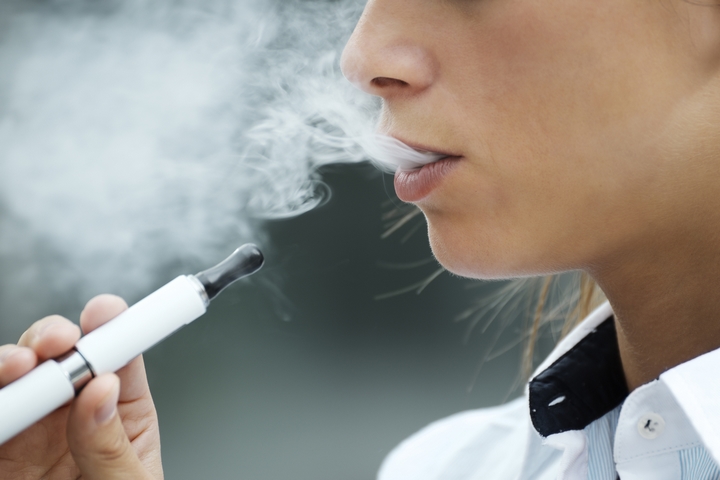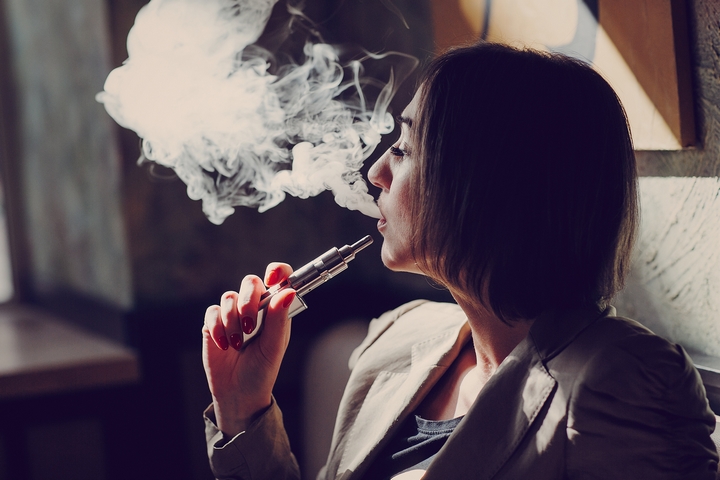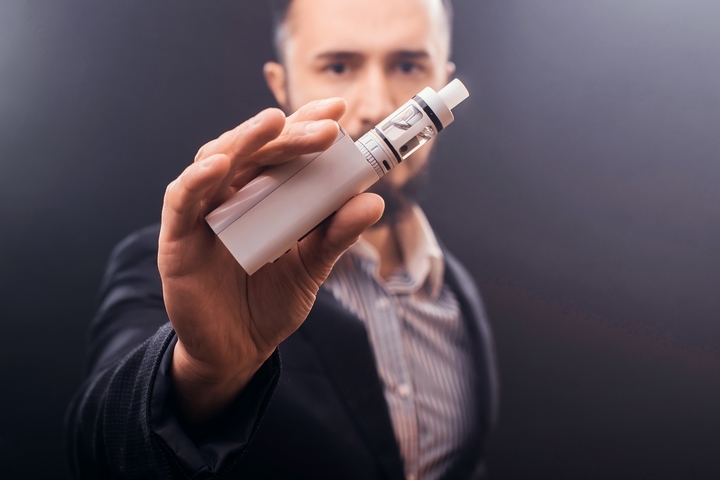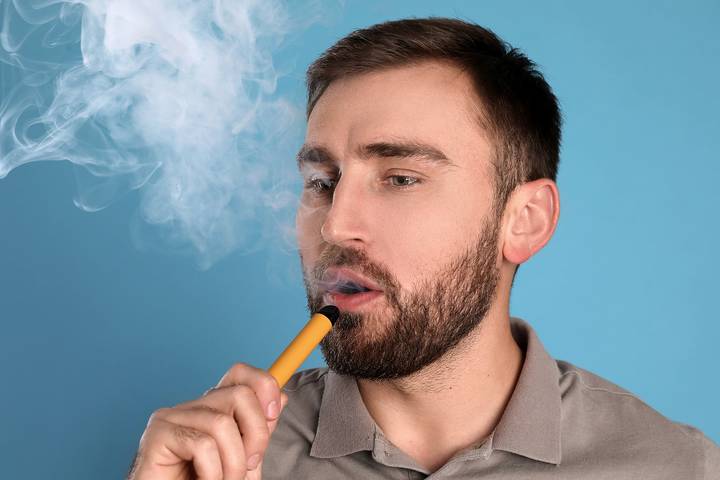
Tips for 2nd Hand Smoke From Vape Pen
As vaping becomes more common, worries about secondhand smoke in our homes are growing. Vape pens are often seen as a newer choice compared to old-school cigarettes, but they still come with issues about the secondhand vapour they release.
Vaping is when you inhale a mist made by heating liquid, usually with nicotine, flavours, and other chemicals. The vapour breathed out, known as secondhand smoke, can be risky for people in the same area.
Ongoing research is diving into how secondhand vape smoke affects health. Early findings show it might have things like nicotine, formaldehyde, and acrolein, but not as much as what’s found in regular cigarette smoke.
Let’s look into how secondhand smoke from vape pens affects our homes. It talks about the possible health concerns and offers easy ways to make your living space healthier.
Tip #1: Communication and Setting Boundaries

Talking openly is essential when dealing with secondhand smoke in your home. If a person in your home uses a vape, setting clear limits and picking certain spots for vaping can reduce the risk for everyone else. Having a chat about worries and creating shared rules will make your living space healthier.
It’s crucial to have honest discussions with everyone living in the house to understand each other’s needs better. Some possible agreements might be to only vape at certain times or to avoid vaping near specific members of the home.
Tip #2: Vaping Etiquette

Promote courteous vaping manners at home. Use a vape pen that create less smoke, breathe out vapour away from people, and vape in places and times that won’t bother others who don’t use it. Being thoughtful ensures everyone in the house gets along well.
Tip #3: Ventilation and Air Purification

Improving airflow in your home is important for cutting down on the amount of secondhand vapour indoors. Cracking open a window is a great way to get air circulating. When the weather’s bad and windows can’t be opened, setting up big fans around your living space can help move air around.
Look into getting air cleaners with HEPA filters to enhance the air’s quality. These steps are helpful in spreading out and capturing unwanted particles in the air.
Tip #4: Designated Vaping Areas

Setting up specific spots in your home for vaping can help control the spread of secondhand vapour. Look for areas with good airflow, close to windows, or where air can circulate easily.
If you can, try vaping outside to cut down on the need for indoor ventilation. This way, you create a boundary that keeps the effects of vaping contained, safeguarding others in your home who don’t vape.
Tip #5: Education and Awareness

Teaching every person in the home about the dangers of secondhand vape smoke is critical. Vapers must understand they should limit how much of it people who don’t vape breathe in, especially when they share a living space. When people know the risks, they are usually more willing to vape responsibly.
Tip #6: Establishing House Rules

Establish and apply clear rules in your home about vaping to foster a healthier living space. Let everyone know where vaping is acceptable and where it’s off-limits. Sticking to these guidelines consistently will help keep everyone’s preferences in check and ensure the health of all who live there.
Tip #7: Promoting Smoke-Free Living

Consider adopting a smoke-free living policy within the home, encompassing both traditional tobacco products and vaping. This promotes an overall healthier environment, aligning with the well-being of all household members. Emphasize the importance of clean air and a shared commitment to a smoke-free lifestyle.
Tip #8: Encourage Smoking Cessation

If a member of the household is a regular vaper, consider encouraging them to explore smoking cessation options. Various programs, resources, and support groups are available to help individuals transition away from nicotine addiction. Quitting smoking not only benefits the individual but also reduces secondhand smoke exposure for others.
If quitting completely is not an option, consider encouraging the vaping household member to reduce the nicotine content of their vape juice. This will reduce the harm of secondhand smoke while still allowing the user to continue vaping.
Tip #9: Learn About Risks of Secondhand Vapour at Home

The main issue with secondhand vapour in the home is that people, especially kids, pregnant women, older adults, and those with health problems, might breathe in nicotine. Even though there’s less nicotine than in regular cigarette smoke, it’s still a concern.
Secondhand vape smoke includes a mix of chemicals such as formaldehyde and acrolein that are harmful to health. We’re still learning about what long-term inhaling of these substances can do, especially when it happens inside homes.
Breathing in secondhand smoke from cigarettes or vapes has been connected to lung and heart issues. If someone already has a health condition, they could be more affected by this exposure at home.





